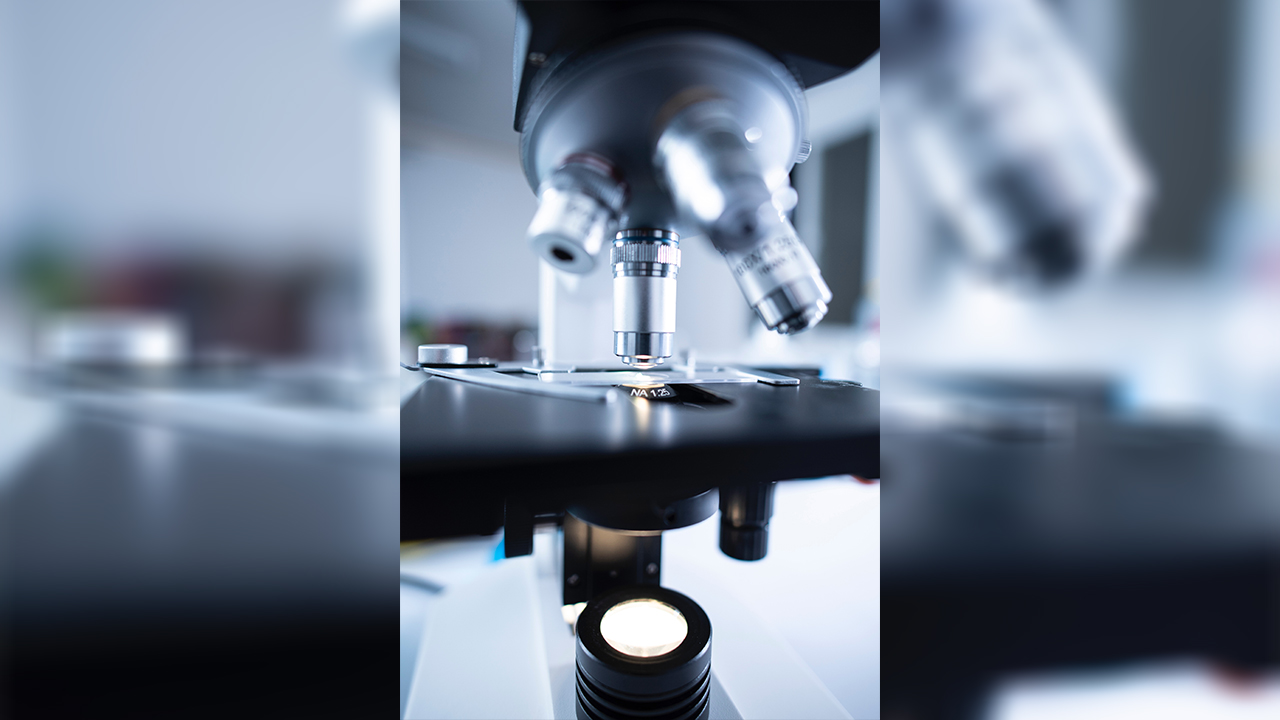Health UK (Commonwealth Union) – Gene therapy, once a distant dream, is now a transformative reality in the field of medicine. This revolutionary approach to treating and potentially curing genetic and acquired diseases is reshaping the way we think about healthcare. It holds the promise of tackling conditions that have long remained impervious to conventional treatments. In this article, we will explore the exciting world of gene therapy, its principles, successes, challenges, and the groundbreaking potential it offers to improve and extend human life.
At its core, gene therapy is a medical technique that involves the alteration or addition of genes within a person’s cells to treat or prevent disease. It offers hope to individuals battling genetic disorders, rare diseases. There are several methods by which gene therapy can be administered, but the common thread is the delivery of therapeutic genes into a patient’s cells. These genes can be inserted directly into the target tissue or modified using viral vectors, which are essentially vehicles for transporting the therapeutic genes.
A collaborative team of researchers hailing from the Nuffield Department of Clinical Neurosciences at the University of Oxford, as well as their counterparts at Cambridge University and Barts and the London School of Medicine and Dentistry, have unveiled a promising gene therapy approach aimed at quelling human sensory neurons (nerve cells) as a potential remedy for persistent pain. The pressing need for alternatives to existing highly addictive drugs for chronic pain underscores the significance of this breakthrough.
This innovative technique, known as chemogenetics, involves the engineering of molecules that regulate the excitation (stimulation) of neurons to activate exclusively in the presence of non-toxic drugs. Chemogenetics has already demonstrated its potential in curbing excitability in preclinical studies involving animals. Jimena Perez-Sanchez, a postdoctoral research scientist affiliated with the Nuffield Department of Clinical Neurosciences and a co-author of the study alongside Steven Middleton and their colleagues, has now demonstrated the feasibility of a chemogenetic approach applicable to human contexts.
To begin their investigation, the team introduced the PSAM4-GlyR gene—a chemogenetic system founded on human protein receptors nicotinic acetylcholine and glycine—into sensory neurons in mice. They activated the PSAM4-GlyR system using the clinically approved drug varenicline. This activation not only inhibited sensory neurons but also mitigated the pain hypersensitivity typically associated with conditions like arthritis or nerve injury in mice.
Subsequently, the researchers extended their experimentation by activating the PSAM4-GlyR system in sensory neurons derived from a patient afflicted with erythromelalgia, a condition characterized by intense burning pain. Intriguingly, this activation effectively subdued the neurons and restored normal activity, offering a glimmer of hope for future pain management solutions.
David Bennett, Professor of Neurology and Neurobiology together with Jimena Perez-Sanchez, postdoctoral research scientist at the Nuffield Department of Clinical Neurosciences, say “The whole team are pleased to have shown the potential of a gene therapy approach for the treatment of chronic pain which remains one of the great unmet health needs. This has been achieved by switching off hyperactive nerve fibres. By targeting this initial component of the pain circuit we could avoid the addictive potential of existing pain killers such as opioids.”
While additional confirmation through human pain models is essential, these findings underscore the role of sensory neuron hyperexcitability in the maintenance of persistent pain resulting from conditions like arthritis or nervous system injuries. The researchers have effectively showcased the potential of adapting human protein receptors as a therapeutic avenue for pain management.
The complete research paper titled ‘A humanized chemogenetic system inhibits murine pain-related behavior and hyperactivity in human sensory neurons,’ appeared in the journal Science Translational Medicine.
The findings of the study are likely to further contribute to researchers looking into gene therapy options for a variety of conditions.








